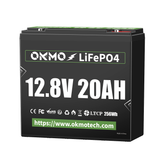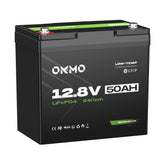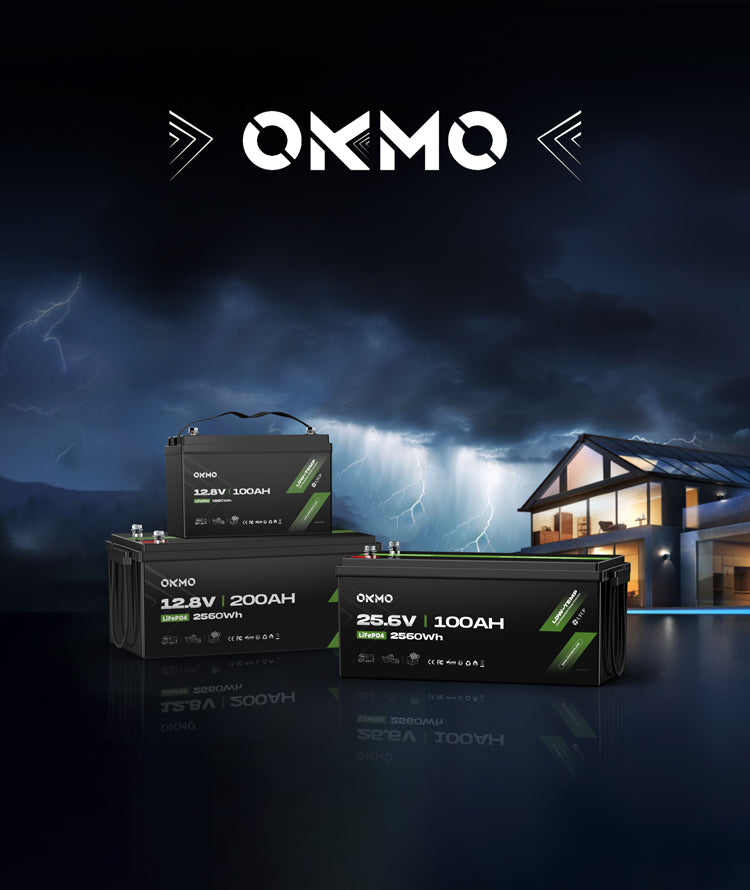How Jet Ski Lithium Batteries Are Redefining Marine Power Dynamics
 Across vast blue horizons, jet skis carve arcs of white foam, their engines roaring a symphony of freedom. Yet few realize the core secret of this aquatic thrill lies beneath the seat—a metal box no larger than a shoebox. The evolution of Jet Ski batteries is quietly rewriting the rules of marine power.
Across vast blue horizons, jet skis carve arcs of white foam, their engines roaring a symphony of freedom. Yet few realize the core secret of this aquatic thrill lies beneath the seat—a metal box no larger than a shoebox. The evolution of Jet Ski batteries is quietly rewriting the rules of marine power.
I. The End of the Lead-Acid Era: Shackles of the Past
For decades, lead-acid batteries dominated Jet Ski power systems, burdened by fatal flaws:
-
Weight Paradox: At 30kg on average, they forced riders to carry a "permanent child passenger," increasing fuel consumption by 12% (American Boating Association, 2022).
-
Range Anxiety: After 4–5 hours of high-speed riding, capacity plummeted below 60%, cutting adventures short.
-
Saltwater Sabotage: Terminals corroded within 6 months in marine environments, spiking failure rates by 47%.
"Carrying spare batteries was more critical than life jackets," admits Mark Thompson, a Canadian Jet Ski instructor.
II. The Lithium Storm: Beyond Spec Sheets
As brands like OKMO introduced LiFePO4 (lithium iron phosphate) technology, performance leaps emerged:
| Metric | Lead-Acid | Advanced Lithium | Improvement |
|---|---|---|---|
| Energy Density | 30–50 Wh/kg | 100–130 Wh/kg | 260% |
| Cycle Life | 200–300 cycles | 3,000–5,000 cycles | 1,500% |
| Charge Speed | 8–10 hours | 2.5 hours (80%) | 320% |
| Low-Temp Performance | Fails at -10°C | 85% efficiency at -20°C (-4°F) | Breakthrough |
But true disruption lies in experiential upgrades:
-
Weightless Agility: 12kg design allows 8° sharper leans during turns.
-
Smart Breathing: IP67 waterproofing with self-regulating valves withstands 30m underwater pressure.
-
Energy Resurrection: Regenerative braking extends range by 15%, harvesting wave kinetic energy.
 III. 20,000 Leagues Under the Tech Sea: Taming Lithium’s Fury
III. 20,000 Leagues Under the Tech Sea: Taming Lithium’s Fury
Lithium’s marine adoption faced twin demons: thermal runaway and salt corrosion. Leading brands countered with triple-layered defense:
1. Neural-Grade BMS
-
16-core chips monitor 128 cell groups (±1mV precision).
-
AI predicts electrolyte crystallization, activating preheaters 12 hours in advance.
-
Honeycomb Cut-off Tech: Isolates faulty cells in 0.03 seconds.
2. Molecular Material Science
-
Nano-coated LiFePO4 cathodes reduce expansion to 0.8%.
-
Corrosion-resistant additives survive 3,000+ hours of salt spray.
-
Platinum-coated terminals boost conductivity by 40%.
3. Biomimetic Engineering
-
Shark-skin-inspired cooling channels improve heat dissipation by 22%.
-
Coral-like honeycomb frames meet military-grade impact resistance.
IV. From Lab to Roaring Seas: User-Proven Triumphs
At Bali’s Professional Jet Ski Championships, lithium-powered riders shattered records:
-
Endurance Myth: 91% charge remaining after 6 hours of racing (vs. 3 battery swaps for lead-acid).
-
Weight Dividend: Replaced backup batteries with 360° cameras, revolutionizing race strategy.
-
Arctic Feat: -18°C (-0.4°F) starts outperformed warm lead-acid batteries in Norway’s Arctic races.
Ecological wins compound:
-
Annual lead pollution reduced by 42kg per Jet Ski (≈3,000 AA batteries).
-
Solar dock charging efficiency surged 70% with fast-charging tech.
 V. Future Waves: Where Lithium Meets Hydrogen & Solid-State Tech
V. Future Waves: Where Lithium Meets Hydrogen & Solid-State Tech
Next-gen "marine hearts" are emerging:
-
Lithium-Hydrobrid Systems: Pairing electrolyzed hydrogen with lithium for 500-mile range.
-
Solid-State Electrolytes: Eliminating leakage risks while chasing 500 Wh/kg density.
-
Self-Charging Hulls: Piezoelectric coatings convert wave vibrations into electricity.
Epilogue: Redefining Freedom’s Horizon
Reducing a battery’s weight from 30kg to 12kg isn’t just physics—it’s liberation. As oceanographer Jacques Cousteau noted: "Technology’s purpose is to let us tread lightly in realms that belong to all life." Beneath the waves, lithium’s silent current is powering a new chapter in humanity’s dialogue with the sea.









